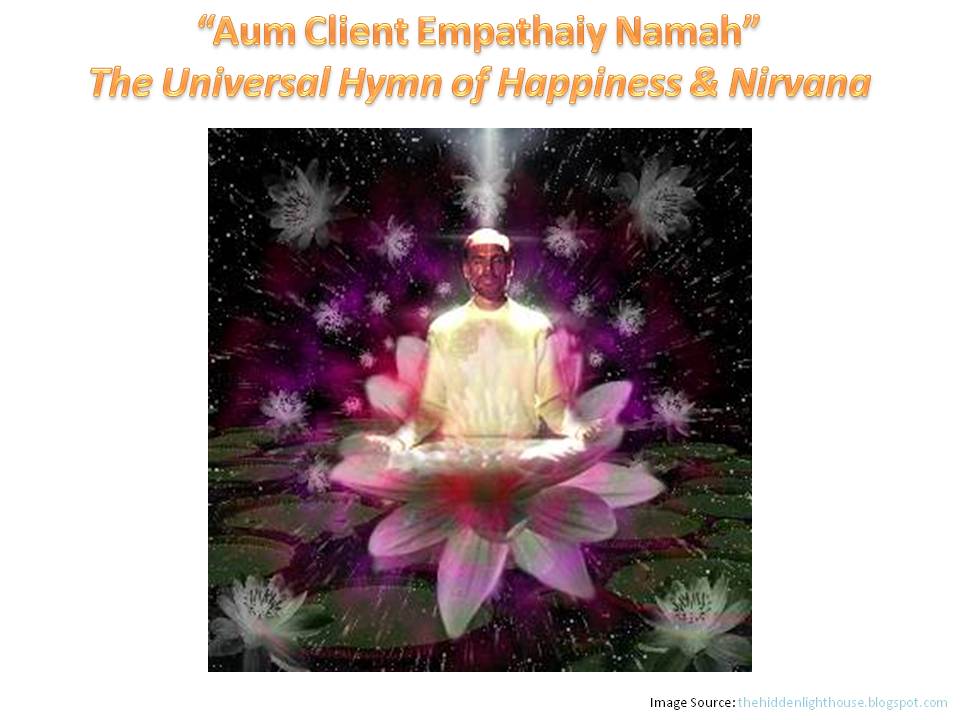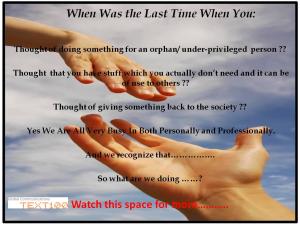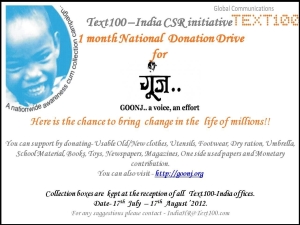In a way, 2012 has been a watershed year for Public Relations and Social Media in India. With 2 major conferences held in the same year, the profession couldn’t have asked for a better PR boost for itself. The world danced to the tunes of Psy in true Gangnam style, including India’s biggest superstar from Bollywood. The country engaged in heated debates on article 66A of the Indian IT Act. Even for the naysayers, Social Media emerged as a stark reality, that promised to redefine the paradigms of human interaction and brand engagement. The opening up of FDI in Retail revived the Lobbying vs PR debate. The profession hit front pages of business newspapers in the backdrop of one of India’s most high-profile state elections. It all happened in 2012. But that’s just the tip of a massive PR iceberg.
We, at Text100 India, caught up with (virtually, ofcourse) PR guru Deirdre Breakenridge to provide an international perspective on the year gone by and crystal gaze into the communications trends to watch out for in 2013. Deirdre is a veteran with over 20+ years in the communications industry and is the author of four acclaimed Financial Times books – “Putting the Public Back in Public Relations,” “PR 2.0, New Media, New Tools, New Audiences,” “The New PR Toolkit” and “Cyberbranding: Brand Building in the Digital Economy.” She recently made her maiden visit to India as the Key Note Speaker at #PRAXIS2012 in Pondicherry.
You may be a Marketer, a Corp Comm officer, a PR consultant in an agency, a Social media enthusiast, a businessman or a PR/Mass communications student… Read on to get a perspective on the future of the Public Relations and its marriage with Digital and Social Media.

Deirdre Breakenridge
How was your experience at PRAXIS 2012? Did you find any commonalities with similar events abroad in terms of themes, content, participation, etc.?
PRAXIS 2012 was an amazing experience for me, as it was my first trip to India. I met so many incredible professionals and found myself definitely wanting to spend more time seeing and experiencing India, during my very short visit. With respect to PR and commonalities with similar events abroad, the same types of vocal concerns about measurement are expressed worldwide. Whether it’s in India or in the U.S., PR professionals know that they are accountable and, although the Barcelona Principles are in place, there are still so many questions about the value of PR, business outcomes and how to show that ROI to executives. I also find that regardless of the country, PR professionals are eager to participate in events to learn about the integration of social media into their communications programs. However, they find out quickly that the degree of challenges vary across the globe, both in the internal and external environments.
What are your views on the state of Public Relations in India and its growth?
India will experience a great deal of growth in the area of PR and social media, as the Internet and technology continue to become more essential to businesses. We have already seen heavy usage of social media participation on Facebook, Twitter and LinkedIn. PR professionals in India will be required to expand their knowledge, skills and communications practices as consumers and business come to rely more on social media communities to deliver communications and to engage with the public. Although PR doesn’t own social media, because it is proliferating worldwide, we need to be able to breakdown the communication opportunities for our brands, and also be able to counsel and measure results. During the keynote Q&A, the moderator, Anant Rangaswami stated that, similar to what happened in India with TV (going from a few channels to many), the same will happen with social media. India must be ready.
What according to you were some of the defining trends in PR and Digital / Social media in 2012? What trends do you foresee in 2013 and beyond?
In 2012, we got a taste of new practices, learning more about social media and how to engage on collaborative platforms, developing content for social media channels and learning the importance of Search Engine Optimization (SEO). We also grew our knowledge in areas including video, multimedia and web analytics. This year also proved important for PR and mobile communications as well. At times, we saw ownership issues over social media; who owns social media? Is it marketing or PR. We learned that it’s a shared responsibility that doesn’t solely live in the communications department anymore. In 2013 and beyond, we will see the silos between marketing and PR breakdown even more. In addition, PR professionals will be working more closely with other departments including customer service, IT, Legal, HR, etc., as a result of social media. Moving forward, content marketing will become increasingly important, as we embrace how PR content is no longer restricted to news releases, white papers and customer testimonials. As a result, PR professionals will learn to write for different channels including Twitter and Facebook and our content will be more interactive by nature.
Many PR agencies continue to focus on media relations as their primary deliverable. At the conference you spoke about a “Hybrid Professional”; what according to you are essential qualities for being a communication professional of the future? Or simply put, Professional2.0 !
PR people are learning that media relations is one part of our role. We will continue to rely on credible third party endorsements whether it’s through the media, bloggers or our customers. However, the Hybrid PR 2.0 professional understands this new approach; there is no more mass or broadcast messaging in web communities. Our approach has changed from top down messaging to a bottom up approach that includes listening closely to conversations and involving your audience much more in the brand communication. Through direct social media engagement (a peer-to-peer approach), brands are becoming meaningful resources by answering questions, solving problems, helping in purchase decisions and providing valuable information and resources to stay “top of mind” with their stakeholders.
‘Putting public back into public relations’ – that’s the title of one of your books. Is this relevant only to Western economies or do the principles apply to countries like India too?
The thought process behind Putting the Public Back in Public Relations is to involve any public in brand communication, and is meant for every economy. Today, consumers are driving and controlling their own communications. They rely much more closely on their peers (who are trusted influencers) so much more than media, government or corporations. Consumers are also deciding where, when and how they want to consume their news and information. With so much power in the age of public conversations, it’s best for a brand to become a part of these conversations; to breakdown the corporate walls and show the human side of the company. People want to talk to people and as this type of communication is proliferating through social media, brands that don’t put the people first will not capture the trust, loyalty and advocacy from today’s media savvy consumers.
Any final words to PR consultants / Corp comm. professionals /Marketers reading this interview?
My advice for 2013 is to take the best of traditional communications forward; our ethics, critical thinking and great communications skills serve as a guide to best practices. However, be open to new types of engagement with people through social media, by embracing and experimenting with what is new and often unfamiliar. You will always need to be 10 steps ahead of your companies, yet on the same page with consumers, to understand their preferences and to better serve their needs. Media models are shifting and changing. Regardless, we have to learn to work closely with journalists, whether they are more “traditional” or these journalists are also bloggers. We also have to help our brands learn to build closer and more human relationships with new influencers as well as their customers. Technology will continue to change and so will the media. As a result, our roles and responsibilities will expand too. This is our greatest opportunity to be strategic in all types of communication and raise the profile of PR in the eyes of our executives and in the eyes of the public.
You can follow Deirdre on Twitter @dbreakenridge
 as a truly insightful one for me. I stepped outside the realms of PR after about a decade in the industry and had the opportunity to work with diverse set of people, with different specialities and across various sectors. The sheer experience of meeting and interacting with new people taught me a very important aspect of one’s professional life i.e Change is the only constant and one should always be open to it.
as a truly insightful one for me. I stepped outside the realms of PR after about a decade in the industry and had the opportunity to work with diverse set of people, with different specialities and across various sectors. The sheer experience of meeting and interacting with new people taught me a very important aspect of one’s professional life i.e Change is the only constant and one should always be open to it.






